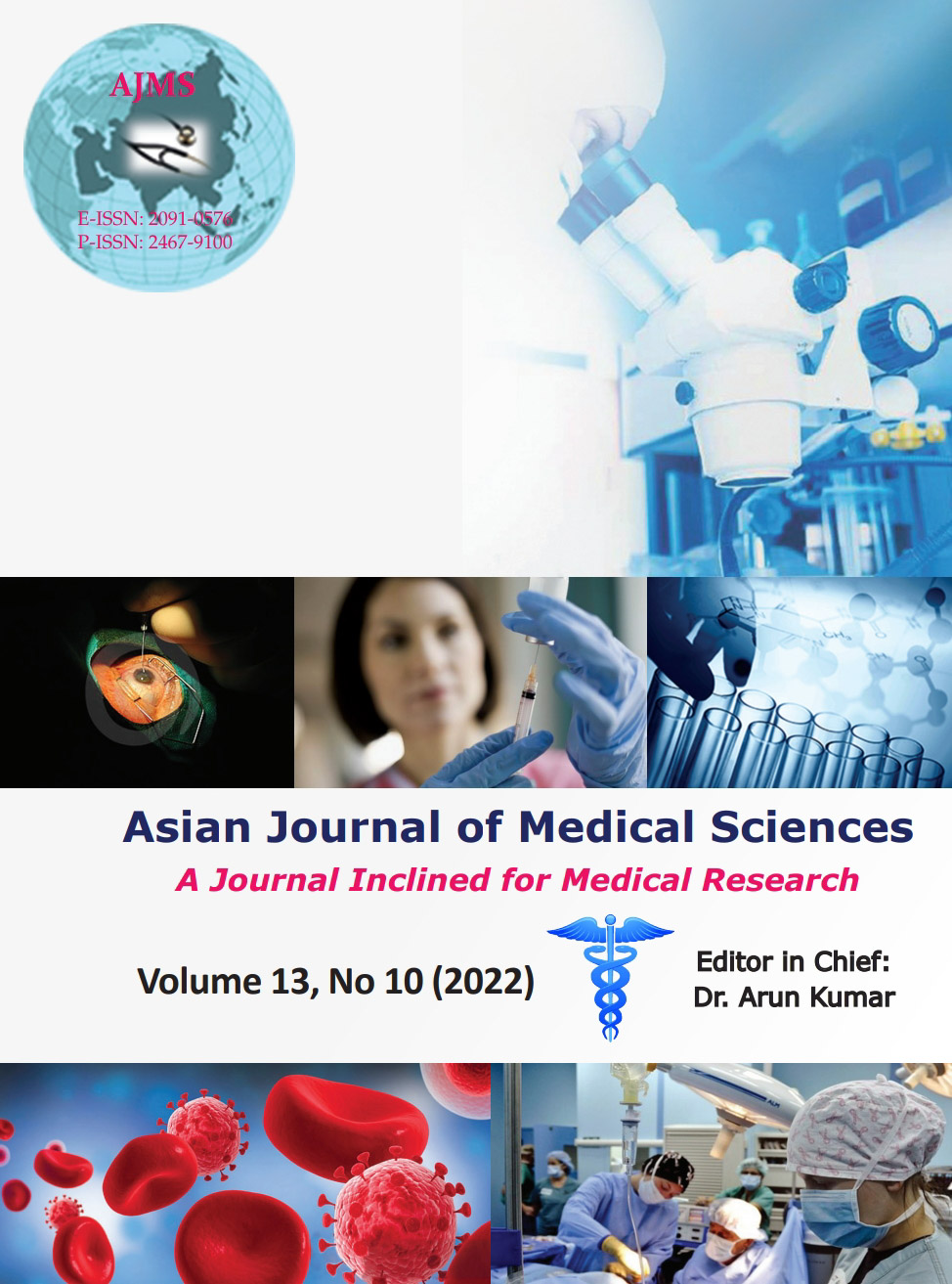Comparative evaluation of “in-the-bag” intraocular lens implantation with cionni ring versus pars plana lensectomy–vitrectomy with anterior chamber IOL implantation in subluxated lenses in pediatric eyes
Keywords:
Anterior chamber intraocular lens; Cionni ring; Pars plana lensectomy; SubluxationAbstract
Background: Subluxation of the crystalline lens has various surgical management options. In moderate zonular dialysis, the capsular bag may be preserved and used for intraocular lens (IOL) implantation using a capsular tension ring or Cionni ring or Capsular tension segment. It is technically demanding and associated with high incidence of complications such as IOL decentration, dislocation, and posterior capsular opacification (PCO). Advantages of the combined pars plana lensectomy–vitrectomy (PPL/PPV) with anterior chamber IOL (ACIOL) approach include a closed ocular surgical system, minimal corneal trauma, limited iris trauma, and good vitreous control. Therefore, in this study, we aim to study the outcomes of inthe-bag IOL implantation with Cionni ring versus PPL/PPV with ACIOL in subluxated lenses in children.
Aims and Objectives: The aims of this study were to compare “in-the-bag” IOL implantation with Cionni ring versus PPL/PPV with ACIOL implantation in subluxated lenses in children.
Materials and Methods: In this prospective, comparative, and interventional case series, 20 eyes (18 children, 8–18 years) with 90–210° subluxation were randomly allocated into two groups (ten eyes each). Group A underwent single eyelet Cionni Ring with in-the-bag PCIOL implantation and Group B underwent PPL/PPV with ACIOL. Outcome measures included best-corrected visual acuity (BCVA), endothelial cell count (ECC), intraocular pressure, fundus evaluation, and intraoperative/post-operative complications.
Results: The etiology of subluxation included trauma (40%), Marfan’s syndrome (20%), myopia (20%), and others (20%). In Group A, intraoperative difficulties were encountered in capsulorrhexis, irrigationaspiration, and increased duration of surgery. Two eyes in Group B had intraoperative lens fragment drop in vitreous. At 3 months, no statistically significant difference in BCVA was noted. About 90% eyes in Group A and 80% eyes in Group B had final BCVA of ≥6/18. ECC and PCO were significantly higher in Group A at 3 months.
Conclusion: Implantation of planned open-loop ACIOL is viable surgical alternative to Cionni ring with PCIOL implantation in large lens subluxation and good pre-operative ECC.
Downloads
Downloads
Published
How to Cite
Issue
Section
License
Copyright (c) 2022 Asian Journal of Medical Sciences

This work is licensed under a Creative Commons Attribution-NonCommercial 4.0 International License.
Authors who publish with this journal agree to the following terms:
- The journal holds copyright and publishes the work under a Creative Commons CC-BY-NC license that permits use, distribution and reprduction in any medium, provided the original work is properly cited and is not used for commercial purposes. The journal should be recognised as the original publisher of this work.
- Authors are able to enter into separate, additional contractual arrangements for the non-exclusive distribution of the journal's published version of the work (e.g., post it to an institutional repository or publish it in a book), with an acknowledgement of its initial publication in this journal.
- Authors are permitted and encouraged to post their work online (e.g., in institutional repositories or on their website) prior to and during the submission process, as it can lead to productive exchanges, as well as earlier and greater citation of published work (See The Effect of Open Access).




